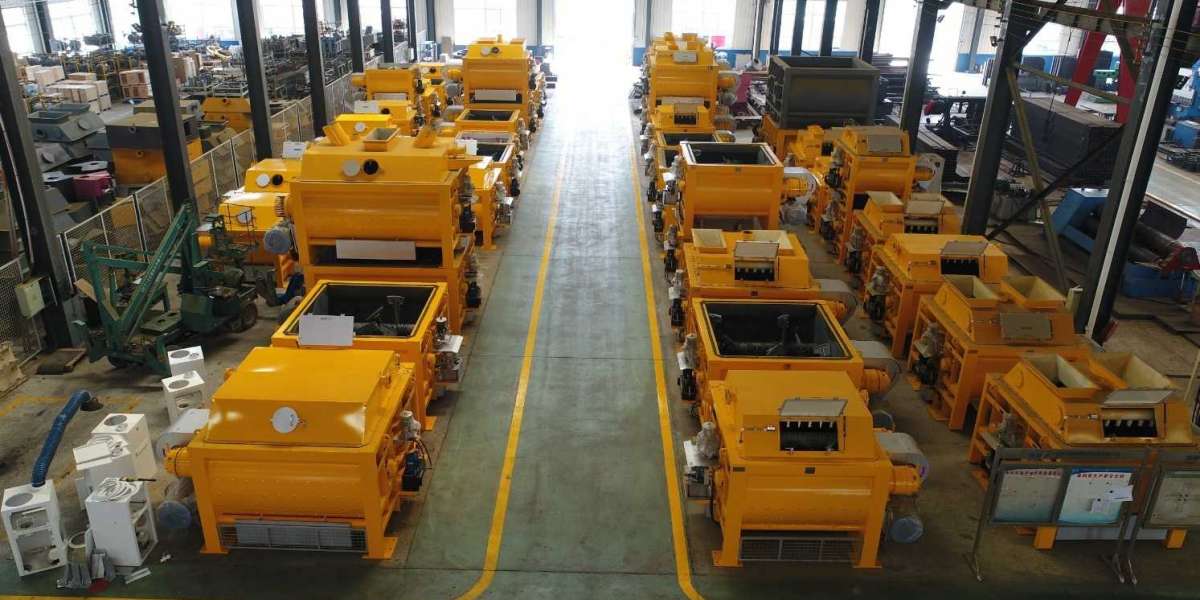eastceramic.com :
Have you already heard about electrical insulators, but would like to understand more about it? The first step is to understand that it is materials that easily allow the flow of electrical charges inside due to a large amount of free electrons. Some materials that can be considered in this category are: silicone, glass (ceramics), plastic (resins), rubber and oil. These electricity insulators have high resistance to the load-flow, therefore it is used to cover copper electrical wires and cables.
Here, you will find more detailed information about the main uses of this in our daily lives and how it is applied to energy distribution.
Resistivity X conductivity
Resistivity is the physical element that defines whether a material is an insulator or a conductor, that is, how much it is opposed to the electrical passage. In addition to this factor, there is electrical conductivity, a substance that provides a contrary reaction to resistivity.
Conductivity and resistivity are inversely proportional elements, which means that if one has high conductivity, its resistance is low and vice versa. Given this information, we can conclude that a conductive material does not have characteristics of wire insulators, for example.
Insulating materials and its characteristics
One of the major characteristics of the insulators in power system is the resistance to the current flow (passage of the current), since when electrically charged, it “traps” electrical charges inside. No wonder it is widely used to block its passage.
In addition, there are some types of electrical insulators that can be polarized. That is, when exposed to an enormous external energy field, it creates an opposite electric field inside, making the formation of electrical currents even more difficult. Materials with this characteristic are called dielectrics.
It is worth remembering that for opposing the movement of loads, electrical insulators are widely used to insulate contact surfaces. Thus, it is possible to avoid electrical shock or loss of energy in conductive wires and cables. Taking this into account, before making the electrical wiring of homes and commercial environments, it is really important to make sure that the cables have a good insulator of electricity. This attitude will help you to make the place much safer.
There are insulators with different functions and models like suspension insulator, post insulator, pin insulator, LV insulator and so on. And these insulators have to work with some accessories like porcelain bushing, high voltage protection device and metal fitting.








